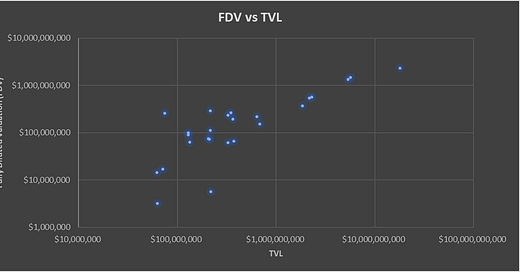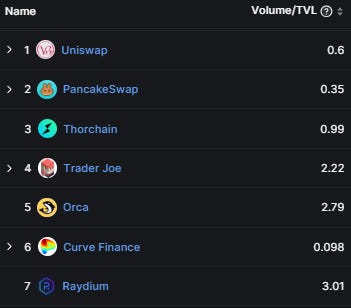“TVL is a terrible metric.”
I hear this several times a week. But is there any merit to this argument?
If you care about DeFi, it’s worth considering. Total Value Locked, more commonly known as TVL, has long been:
The main metric used for evaluating DeFi protocols
The KPI by which DeFi teams assess themselves
The most widely cited DeFi metric in press
If this metric is no longer useful, it calls into question much of DeFi analysis.
At its core, TVL is deposits. For lending protocols, that means lent funds, for DEXes that means liquidity pools, for liquid staking that means staked tokens, and for CDPs that means collateral for minting stablecoins.
A large part of the appeal is that you can use TVL to assess different types of protocols across a common metric that is easily verifiable on-chain. This is also, incidentally, where TVL misleads a lot of people.
TVL that’s being used as collateral for a loan is way different from TVL that’s being used as liquidity for a DEX. Its risks are different, its usage is different, and its capacity to generate revenue is different. So why are we comparing it? (there are a few reasons, but more on that below)
Even within the same category, different DEXes have vastly different capital efficiencies:
This article is a deep dive on:
When TVL is useful
The problems with TVL
A statistical analysis of TVL’s correlation with market cap by category
Let’s get started…
Keep reading with a 7-day free trial
Subscribe to Dynamo DeFi to keep reading this post and get 7 days of free access to the full post archives.




